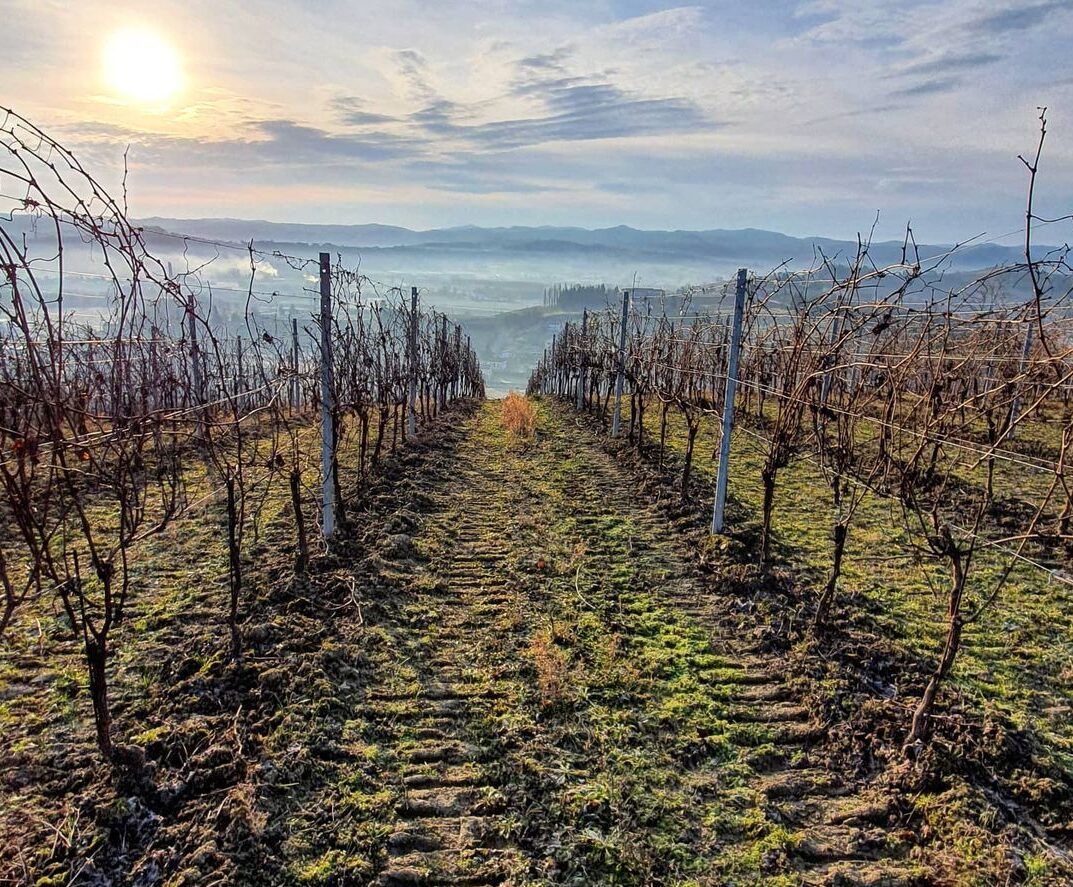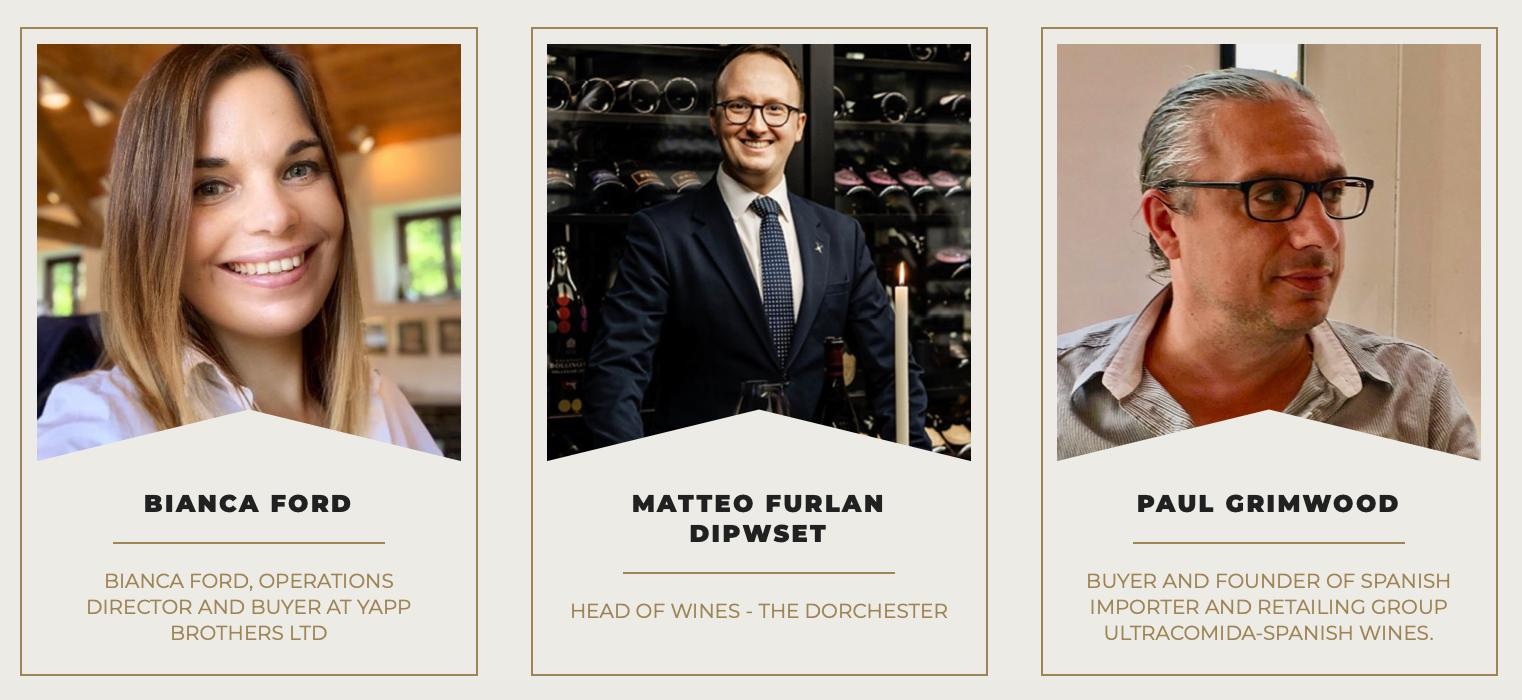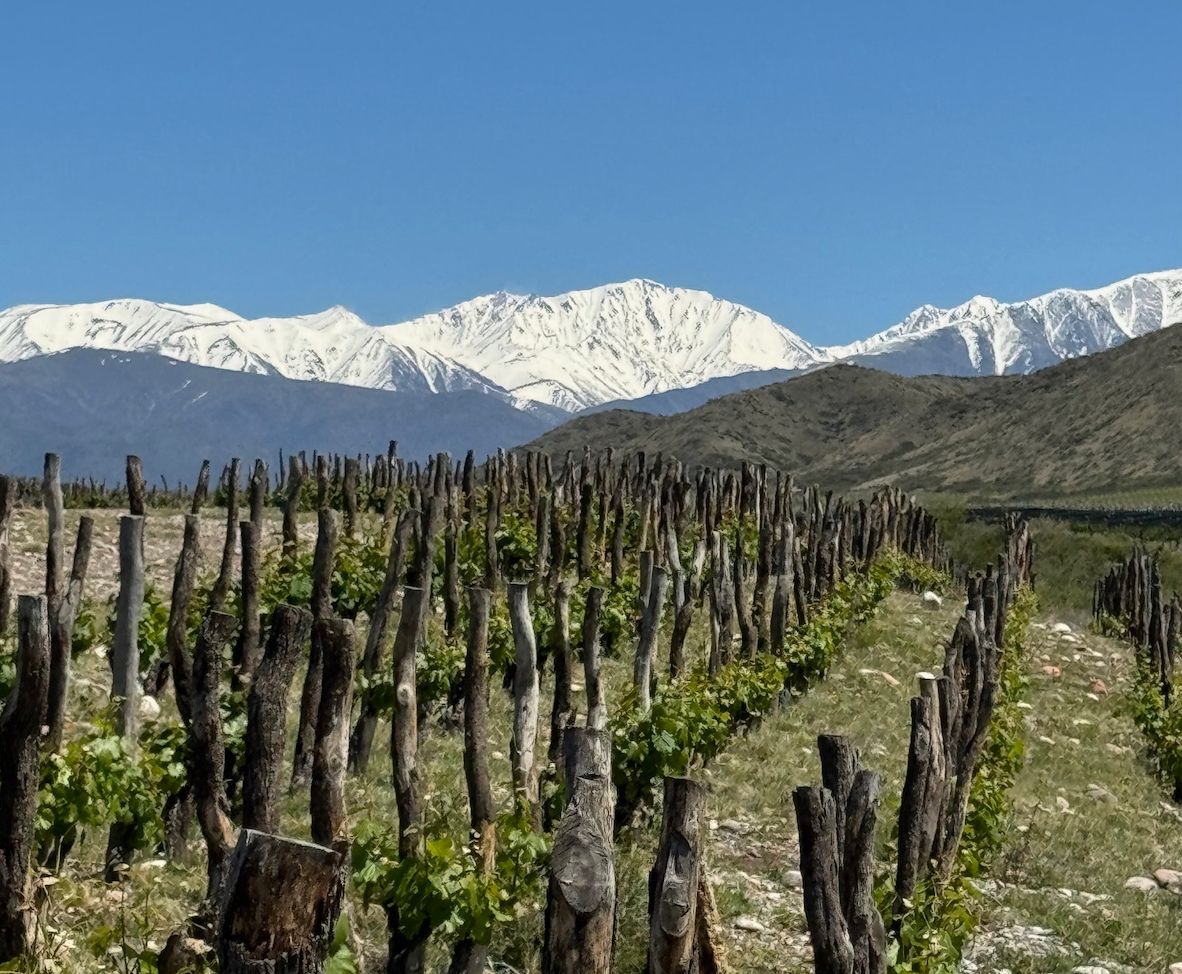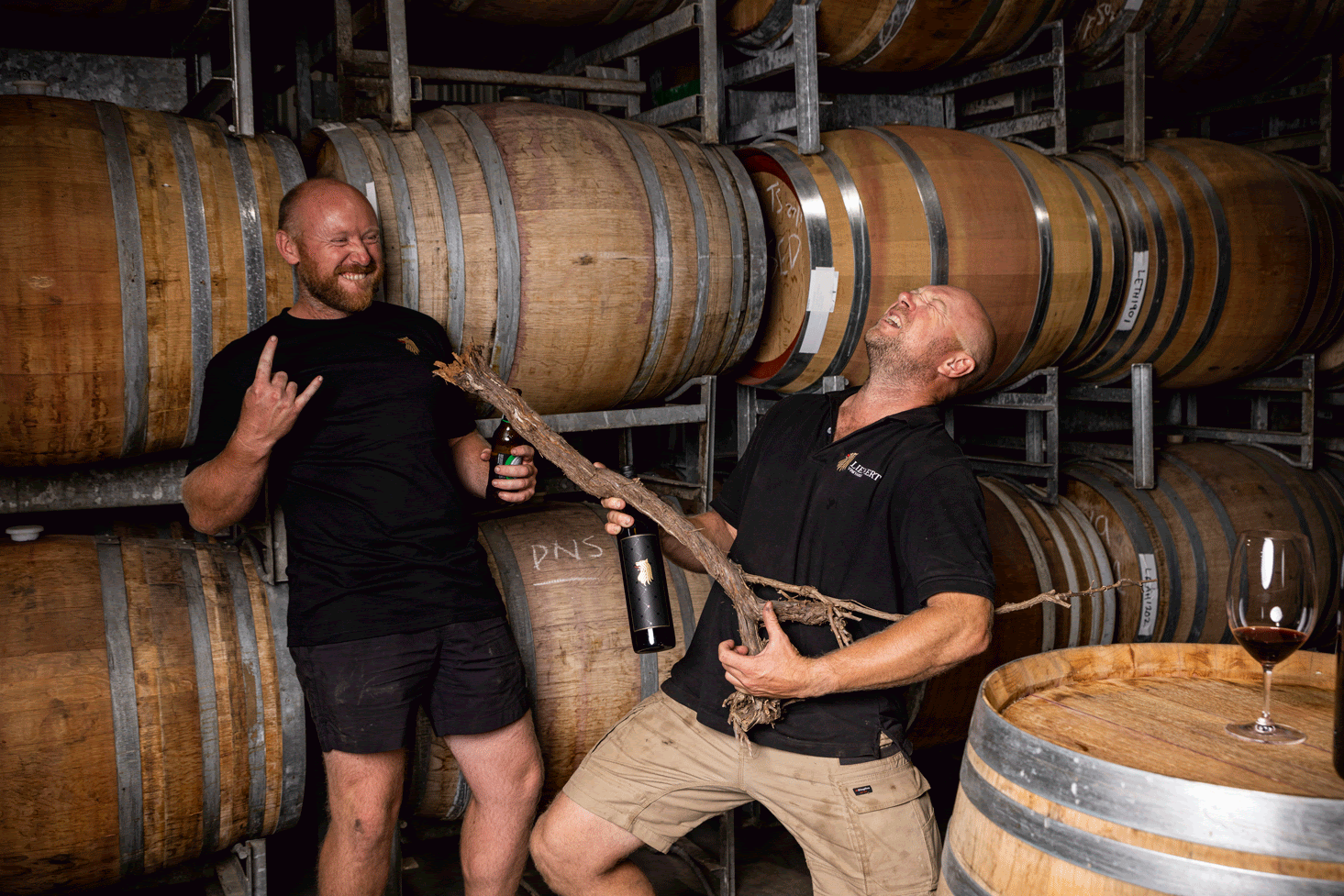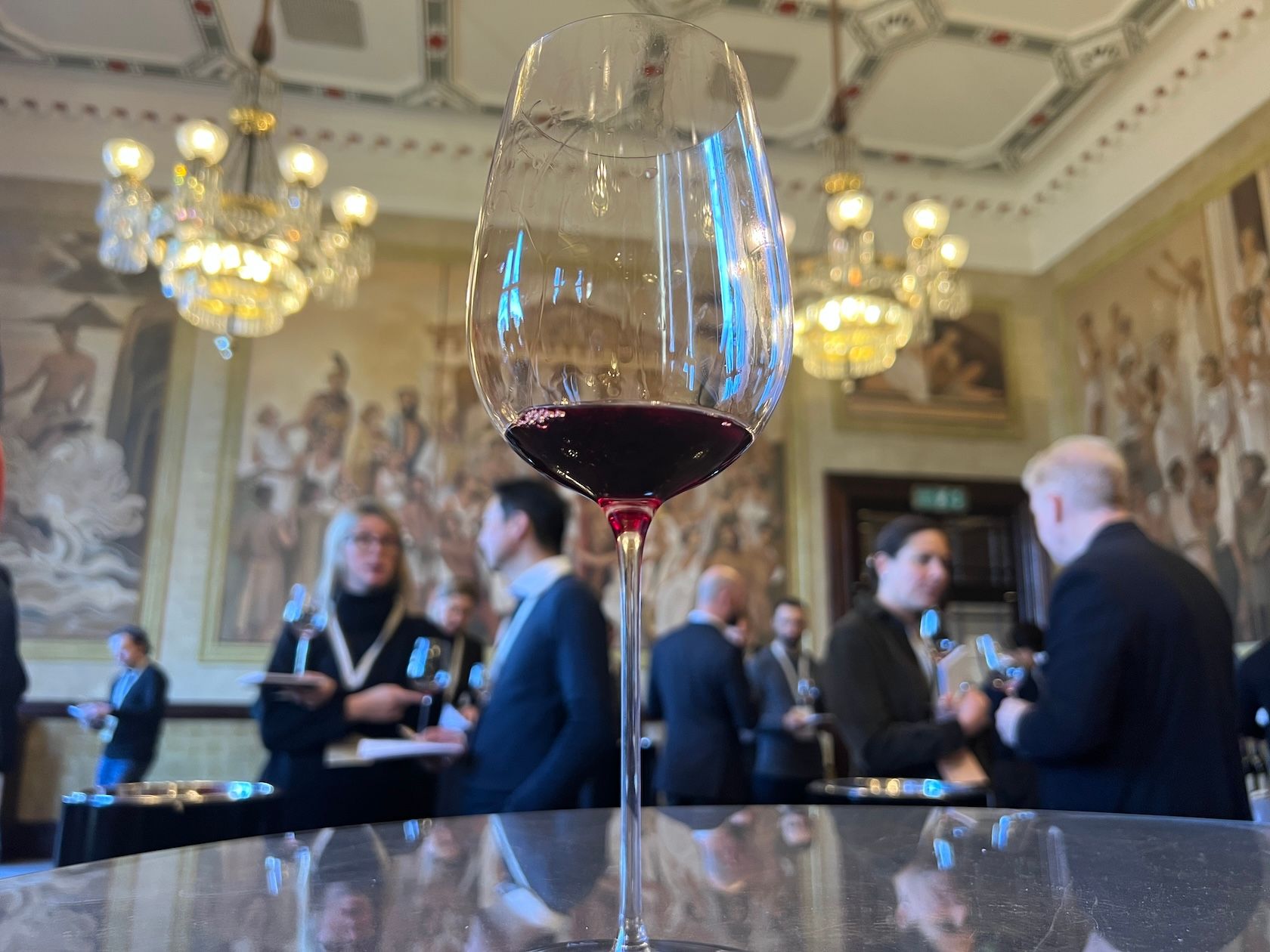“Thanks to the drinkability and competitive pricing of Vite Colte’s wines,a long-lasting alliance with the on-trade should have every chance of success,” Dean writes.
A short historical introduction to Vite Colte is pertinent given that some may not know it. A subsidiary of the Terre da Vino co-operative which has some 5,000 hectares under its auspices in Piemonte, Vite Colte was born ten years ago as a project with the aim ofidentifying the best vineyards and growers available. Around 300 hectares of the former, and 180 of the latter, were picked out by Daniele Eberle, one of the most knowledgeable Italian agronomists on Piedmontese varieties. He and winemaker Bruno Cordero work in close collusion with the growers, who must adhere to strict viticulture and vinification protocols.
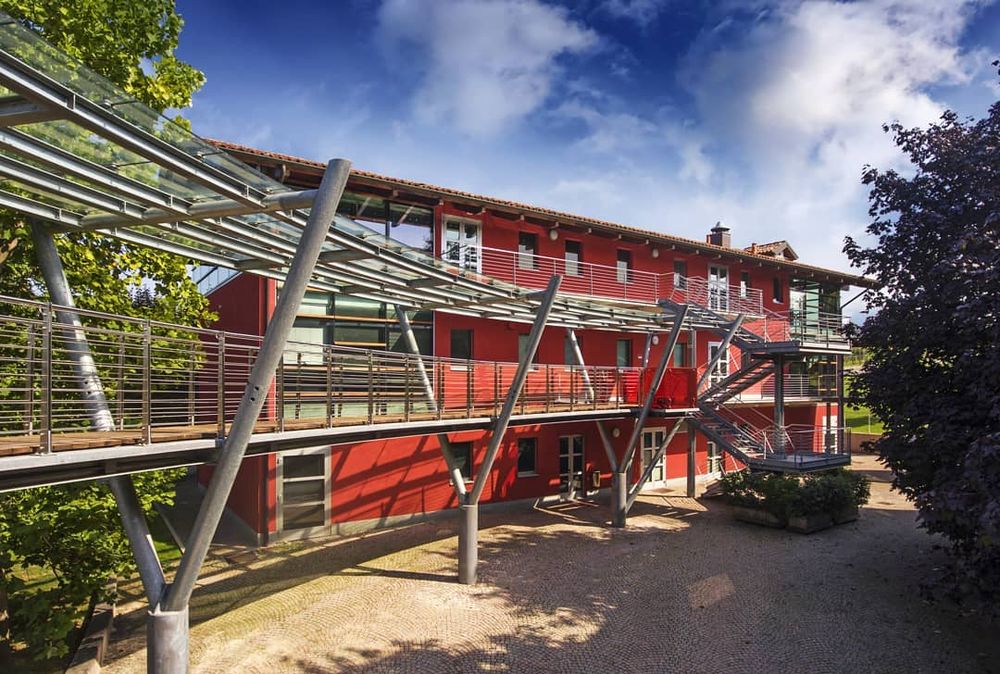
“The true strength of Vite Colte is in the dialogue between the growers that are the owners of the land and our team of agronomists, led by Eberle,” Gregorio Fortino, brand manager for Vite Colte, said. “Because we have so many growers in Barolo, we can draw on multiple sources of fruit. We are lucky to have them spread across several villages and municipalities. They must agree to certain standards of viticulture, and must accept the rules – if not, a grower won’t do it with his heart. Any growers who don’t follow the protocol are excluded. As for Barbera, all our growers are in the Nizza denomination which is considered the heart of production for Barbera.” Nizza gained DOCG status in 2014.
The ‘La Luna e I Falo’ Barbera 2018 showed particularly well, being notable for its freshness, concentration, balance and length. Fragrant black fruits, with spicy notes, were prominent while the grape’s naturally high levels of acidity helped add intensity. Some Barbera can be over-jammy but this was not, and this even had a refreshing character despite an abv of 14.5%, the result no doubt of a pH of 3.5. Indeed, it was surprisingly accessible for a wine bottled quite recently.
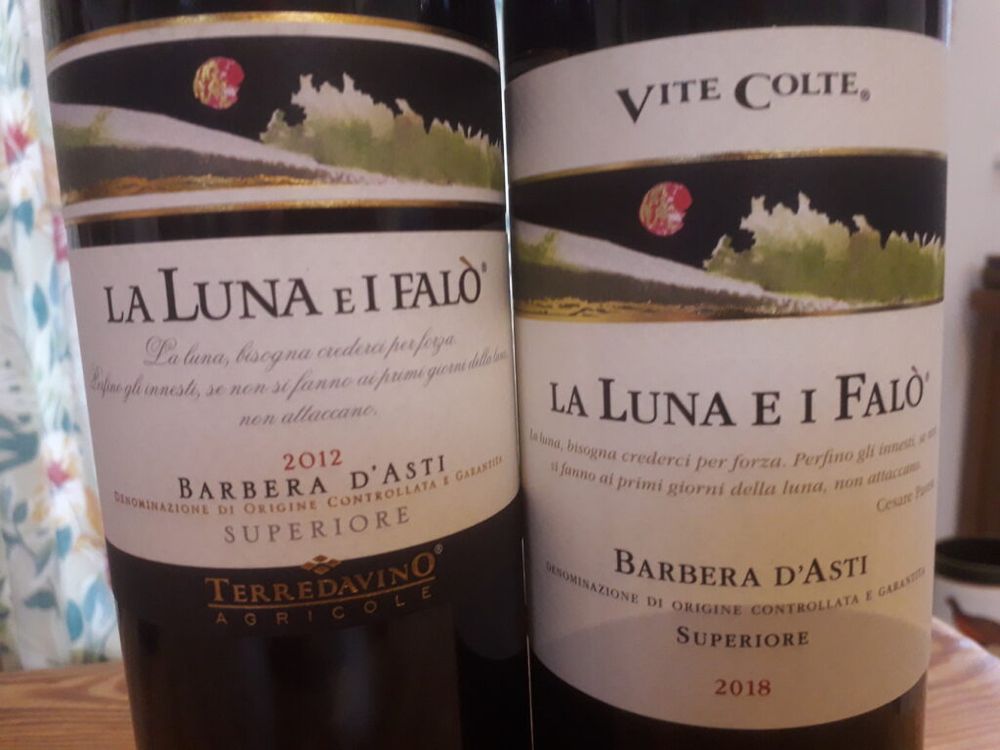
The fact that the ‘La Luna e I Falo’ Barbera 2012, which we also tasted, has retained its youth so well, suggested the 2018 will also enjoy similar longevity. Fortino revealed that the elevage for both had been a third in new oak, a third in second fill and a third in third fill, with a year in barrel and 9 months in bottle before release. “A lot of effort went into that formula, but we came up with the perfect one in our opinion,” he declared.
Laudably, Vite Colte does not release its Barolo and Barbaresco Riservas until they are ten years old. Moreover, Riservas are only made in the very best vintages – numbering two or three a decade according to Fortino. “We want the best expression of them, and use only the best batches from the best vineyards,” he said. “We make just a small production, and the yield is low – around 30hl/ha.”

The 2010 vintage, an outstanding one in Piemonte, has therefore only just been made available. The ‘Spezie’ Barbaresco 2010 is notable for its freshness and vibrancy, as well as cherry, raspberry and smokey aromas. Its tannins, while still quite overt in the tradition of Nebbiolo, are well-integrated, with the wine retaining the elegance and purity so redolent of 2010. It also has real concentration and drive as well as fabulous length. The ‘Essenze’ Barolo 2010, while not being quite as charming, is another fine example, possessing more grip and ample tannins that perhaps need a little more time to mesh. It is nevertheless a harmonious wine with very fresh acidity as well as considerable concentration and lift. Both wines have a long life ahead of them – at least a decade or more.
Vite Colte’s range of Essenze Barolos from individual communes is released earlier – after four or five years. These make an interesting comparison, coming as they do from Barolo itself, Monforte d’Alba and Serralunga d’Alba. The last two were from 2015 and the first from 2016. They will all benefit from further cellaring of five to ten years but are approachable now.
Fortino delved into their differences. “The wine from the Barolo commune is meant to be the most elegant, while the Monforte is the most long-lasting because it is quite high there, and the Serralunga is the most powerful with a lot of structure,” he said. “The last two have more acidity. There is a lot of limestone in each commune’s soil but small differences between clay, silt and sandstone. It’s important to have the same style of vinification for each as, if we want to compare the terroir, we must intervene as little as possible to let the terroir speak for itself. Maceration is 20-25 days, and the wines spend two years in 50hl barrels.”
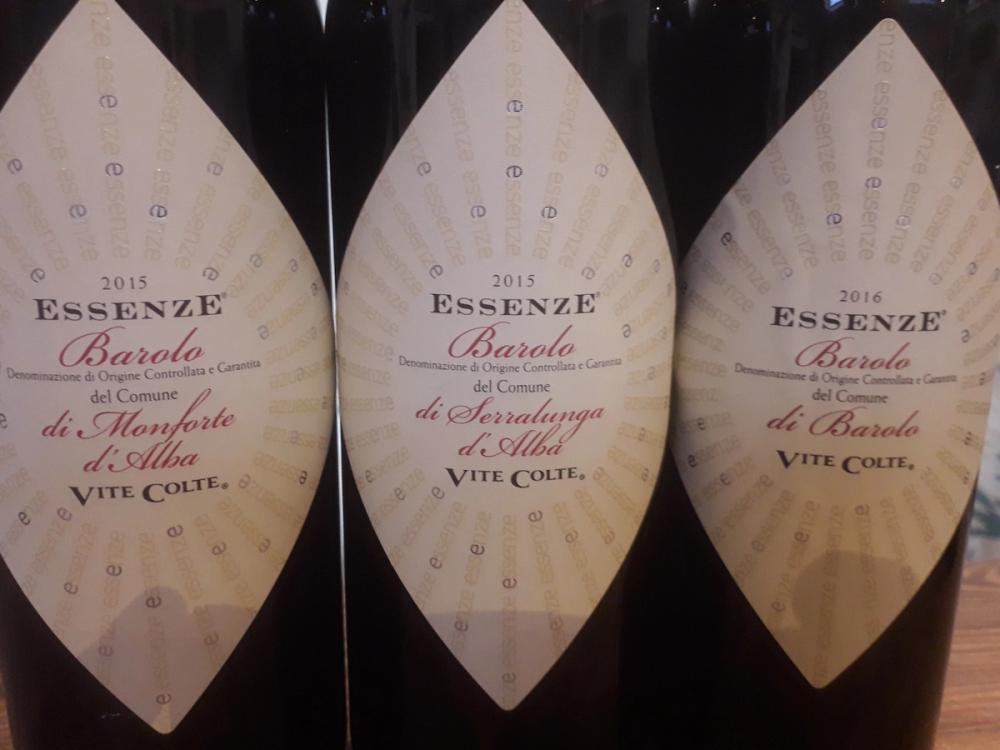
While the Monforte 2016 is still youthful, it is starting to open up and has wonderful purity and finesse, coming from what was another superb vintage. While its evolution is incomplete, its potential is evident. Perfumed with redcurrant aromas, it is supple with ample fruit and weight. The Monforte 2015 is still a bit reticent but has a certain refined elegance. The Serralunga 2015, meanwhile, was a personal favourite, with cherries on the nose, opulence on the palate and chalky, neatly integrated tannins. Along with its undoubted power, it possessed a succulence and freshness, quite possibly due to the high amount of clay in Serralunga. All three wines were notable for their balance and length. Like the Riservas, they were all 14.5% abv.
All of Vite Colte’s distribution in the UK is through one importer, VinumTerra in Brentford, west London. “We have been using them for over 20 years, while we have a number in the USA,” Fortino said. “Currently, we are stronger on the east coast but we have expansion planned for the west coast, Texas and the Great Lakes.”
Fortino stressed that the UK on-trade was a key target. “We are aiming at it as a general objective for this winery to grow. Everyone knows that the big brands need a strong position in restaurant sales. We want to create a relationship with restaurateurs, and while it is time-consuming, it is an investment we are willing to do.”
Thanks to the drinkability and competitive pricing of Vite Colte’s wines,a long-lasting alliance with the on-trade should have every chance of success.
